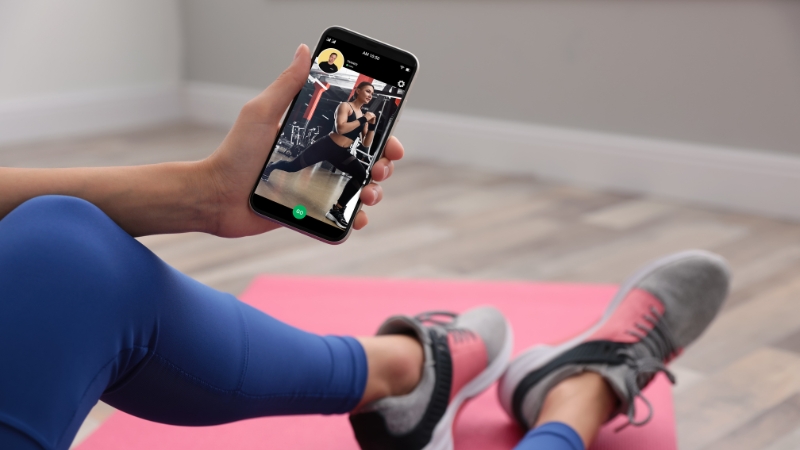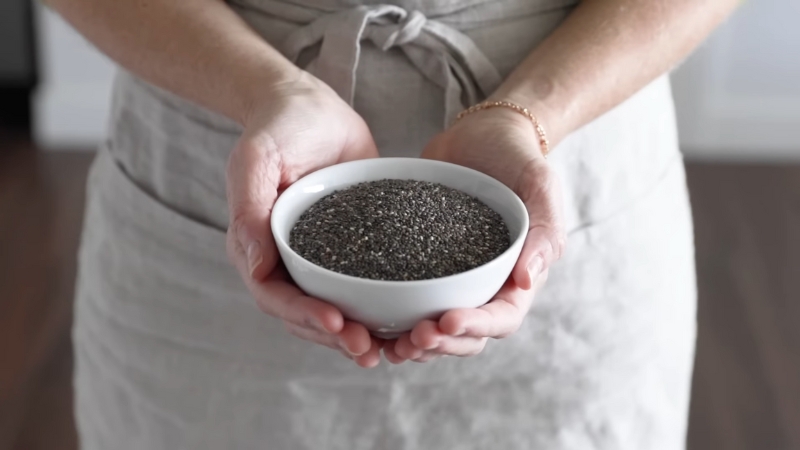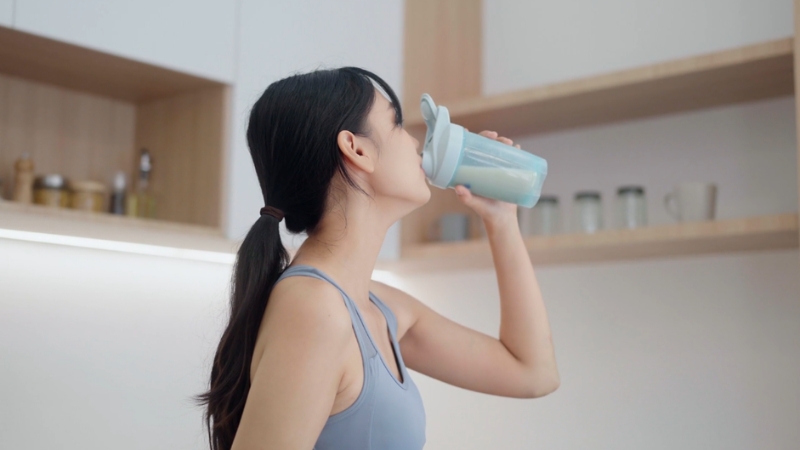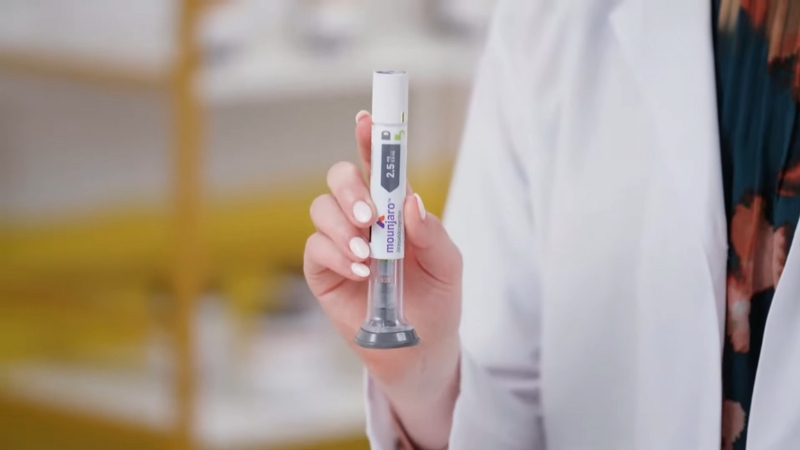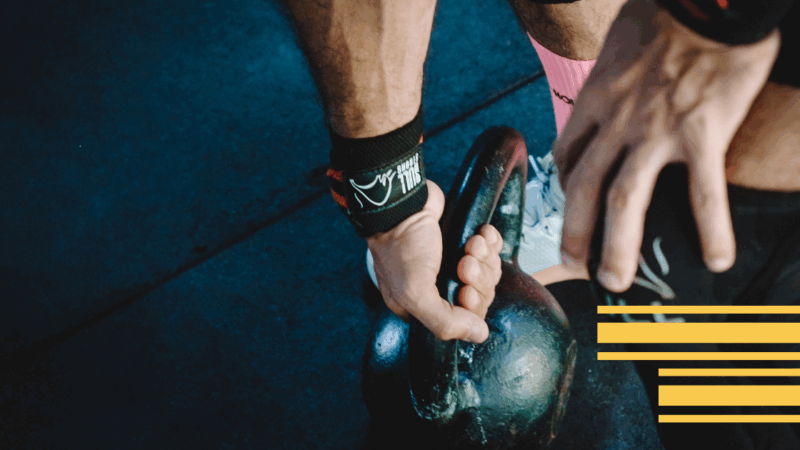
Share Post:
High-intensity interval training offers short bursts of effort followed by periods of rest, making it a time-efficient way to build endurance, burn fat, and improve metabolic health.
Many in their 30s and 40s turn to HIIT to counter slowed metabolism and reduced energy. When structured properly, it delivers impressive results without long gym hours.
Some individuals may respond differently based on inherited cardiovascular traits, which can affect how the heart handles intense effort.
For those with a family history of cardiac issues, genetic testing for heart disease can help clarify personal risk and guide exercise choices.
That added insight supports a safer and more customized approach.
This article explores how HIIT fits into adult life beyond age 30.
Table of Contents
ToggleCore Benefits of HIIT for Adults in Their 30s and 40s
High-intensity interval training activates nearly every system in the body in a short window. Adults in their 30s and 40s often face shifting hormone levels, slower recovery, and reduced metabolic flexibility.
HIIT responds to those changes with precision when applied correctly.
Cardiovascular Strength in Less Time
HIIT increases cardiac output through short bursts of stress, followed by active rest. That demand sharpens how the heart handles blood flow under pressure. Over time, stroke volume rises, resting heart rate lowers, and arterial stiffness declines.
- 20 minutes of HIIT equals nearly 40 minutes of steady-state effort
- Heart rate variability improves across the week
- Recovery becomes faster with better parasympathetic response
Improved Insulin Use and Fat Breakdown
Insulin resistance creeps up after 30, especially under stress or poor sleep. HIIT sessions trigger rapid glucose use inside the muscle, reducing long-term insulin demand.
Key Insight
HIIT increases GLUT4 activity inside cells, helping shuttle blood sugar away faster and avoiding long-term metabolic strain.
Energy Reboot and Mood Control
Mitochondrial function declines with age unless stimulated. HIIT reactivates cell engines by encouraging mitochondrial biogenesis.
Bonus Benefit
HIIT boosts brain-derived neurotrophic factor (BDNF), which improves mental clarity and reduces symptoms of adult anxiety and mild depression. That chemical release comes within 30 minutes of intense intervals.
Comparing HIIT to Steady-State Cardio for Long-Term Health
Not all cardio works the same. HIIT uses short, demanding intervals, while steady-state cardio holds a moderate pace for a longer time. Both offer heart benefits, but their effects vary across age and physical condition.
When HIIT Beats the Clock
Adults with packed schedules gain more efficiency with HIIT. Research shows similar or better aerobic gains in half the time compared to traditional cardio routines.
- In 12 weeks, VO2 max gains are equal or higher
- Muscle retention stays stronger under HIIT
- Fat loss continues longer after each session due to elevated EPOC (excess post-exercise oxygen consumption)
When Steady-State Wins
HIIT creates acute stress that may not suit everyone. Adults with joint sensitivity, sleep disruptions, or high cortisol may benefit more from steady, low-impact effort.
Example
Brisk walking for 45 minutes three times per week keeps cortisol in check and supports consistent calorie burn.
How to Blend the Two for Best Outcome
Weekly Suggestion
- 2 HIIT sessions for intensity and metabolic kick
- 2 longer steady-state sessions for heart rate balance
- Active rest or mobility work on remaining days
Avoid Back-to-Back HIIT Days: Stacking intense sessions disrupts hormonal balance and recovery patterns. Keep spacing between efforts to protect heart and joints.
High-intensity sessions demand full-body coordination, strong recovery, and stable internal balance. In your 30s and 40s, poor sleep, work stress, or past injuries can turn a well-meaning workout into a trigger for breakdown instead of progress.
Overtraining Without Realizing
Cortisol rises sharply during intervals. If your recovery system fails to reset by the next day, that stress builds across weeks. Many in this age group misinterpret fatigue as weakness, then push harder.
Early Warning Signs
- Fatigue that lasts into the next evening
- Motivation drop despite consistent habits
- Heart rate higher than normal in the morning
- Muscle soreness lasting beyond 72 hours
Hormonal Disruption and Sleep Problems
HIIT without spacing or cooldowns raises adrenaline. Over time, cortisol dominates the hormonal cycle, suppressing melatonin at night and lowering testosterone levels in men.
What to Avoid
- Late evening HIIT sessions
- Daily fasted HIIT routines
- Repeated high-effort sessions without low-volume days
How to Structure HIIT Safely in Your 30s and 40s
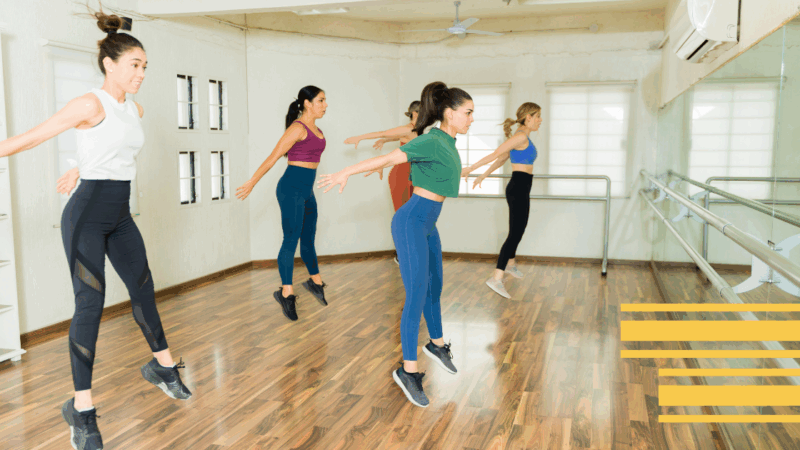
You must adjust total volume, frequency, and movement types to match age-related changes in joint mobility, heart function, and recovery capacity.
Sample Weekly Breakdown
- Monday: 30 minutes steady jog or walk for circulation
- Tuesday: HIIT – 6 rounds of 40 seconds work / 60 seconds rest (bike or rower)
- Thursday: Bodyweight circuit with intervals (jump squats, pushups, planks)
- Saturday: Outdoor run-walk intervals, 25 to 30 minutes
Signs Your Body Needs a Break
Even structured plans backfire if the body fails to keep up. In your 30s and 40s, recovery slows and signals become more subtle.
Recognizing physical and mental cues helps prevent chronic fatigue, injury, or metabolic slowdown.
Physical Symptoms That Should Not Be Ignored
- Soreness lingering past 72 hours
- Reduced grip strength or coordination
- Elevated resting heart rate beyond normal range
- Shortness of breath during light warm-ups
Mental and Behavioral Signs
Cognitive changes often appear before physical damage sets in.
- Mood dips after workouts
- Craving sugar or stimulants between meals
- Disrupted sleep cycles
- Irritability even on rest days
Many athletes mislabel those symptoms as weakness. That false assumption leads to burnout cycles and long-term performance loss.
How to Recover Without Losing Progress
Try a deload week: Cut HIIT intensity by half and increase walking or yoga.
Support recovery with
- Magnesium and omega-3 intake
- Evening breathwork sessions
- Cold water exposure or sauna therapy
- 8 to 9 hours of sleep across at least five consecutive nights
When to Consult a Doctor Before Pushing it Further
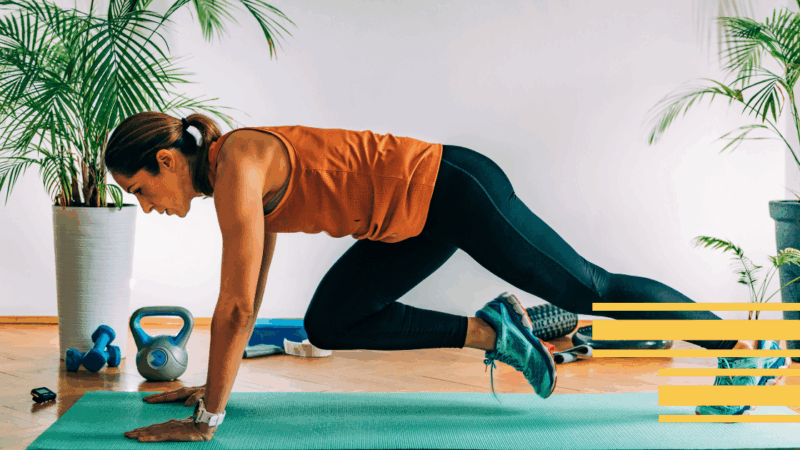
High intensity forces rapid cardiovascular shifts.
Who Should Book a Check-Up First
- Anyone with a parent or sibling who experienced cardiac events before 55
- Individuals diagnosed with hypertension, prediabetes, or high cholesterol
- Adults taking medications that affect heart rhythm or hydration levels
What Tests Can Offer Extra Clarity
- Baseline ECG: Shows any abnormalities during rest
- Stress Echo: Reveals how the heart handles pressure under load
- Blood Markers: Assess inflammation, cortisol, and cardiac-specific proteins
Summary
HIIT unlocks strength, speed, and metabolic stability well into adulthood. Results show fastest when sessions follow clear rest patterns, individual capacity, and proper heart monitoring. No shortcut replaces recovery.
Train for decades, not months. Use feedback, testing, and proper session layout to preserve every gain. In your 30s and 40s, performance depends on respecting limits as much as chasing effort. HIIT rewards discipline over ego—every time.
Related Posts:
- The Risks of Following Kevin James' Weight Loss Approach
- What Happens to Blood Sugar During Strength Training…
- Forget HIIT—Why Low-Intensity Cardio Might Be Better…
- 10 Benefits of Flutter Kicks for Your Core
- Why Exercising on Sand Enhances Your Workout - 5 Key…
- 10 Benefits of Adding Cable Hammer Curls to Your Workout



